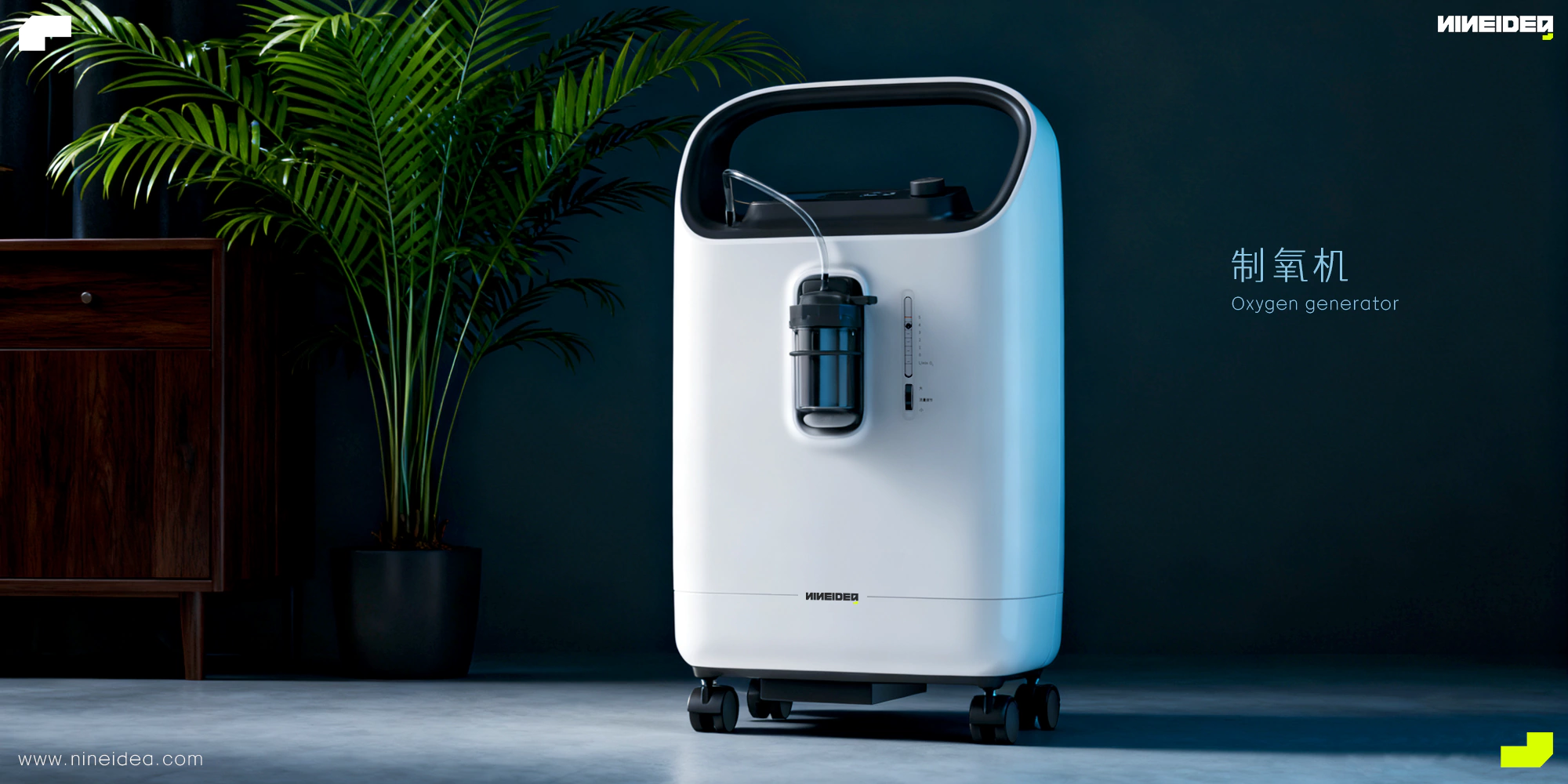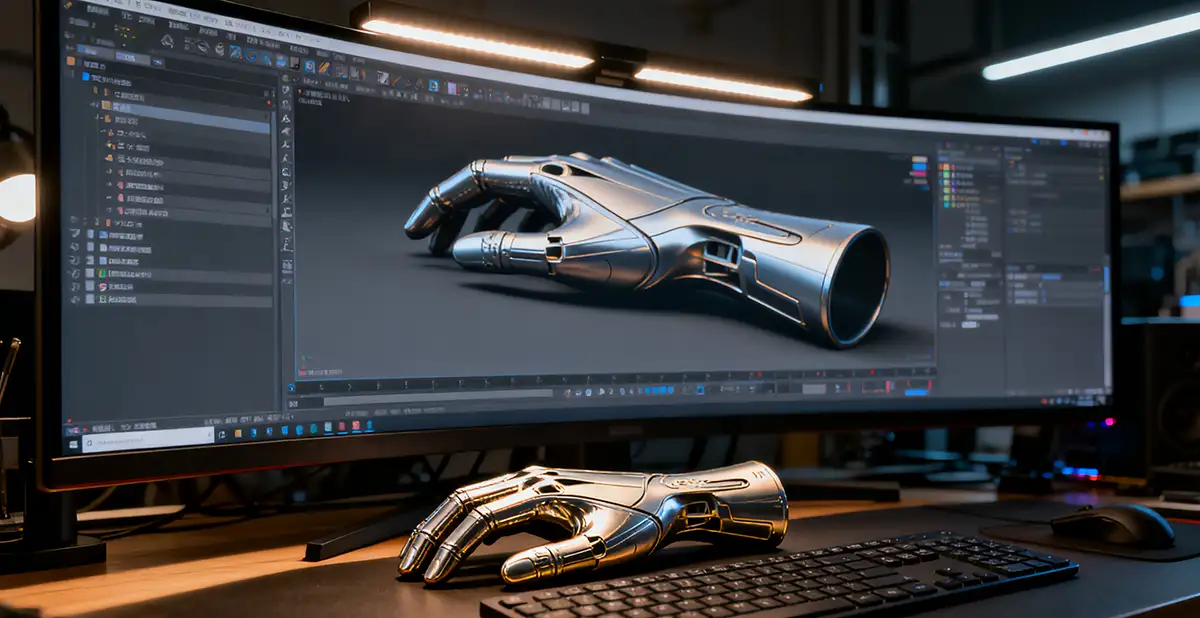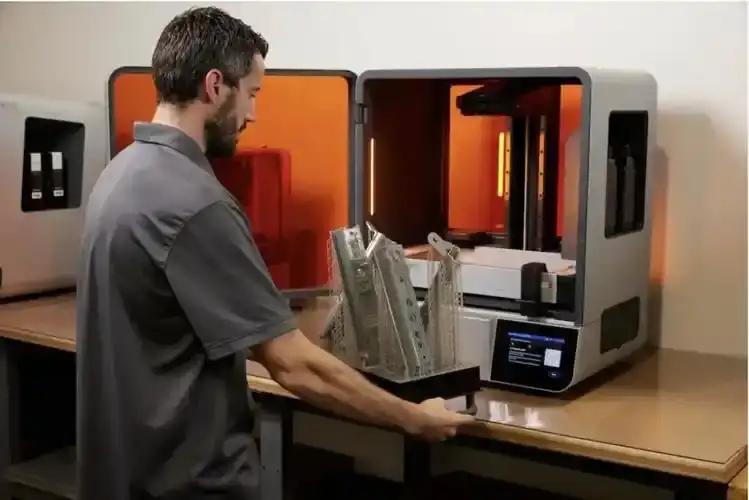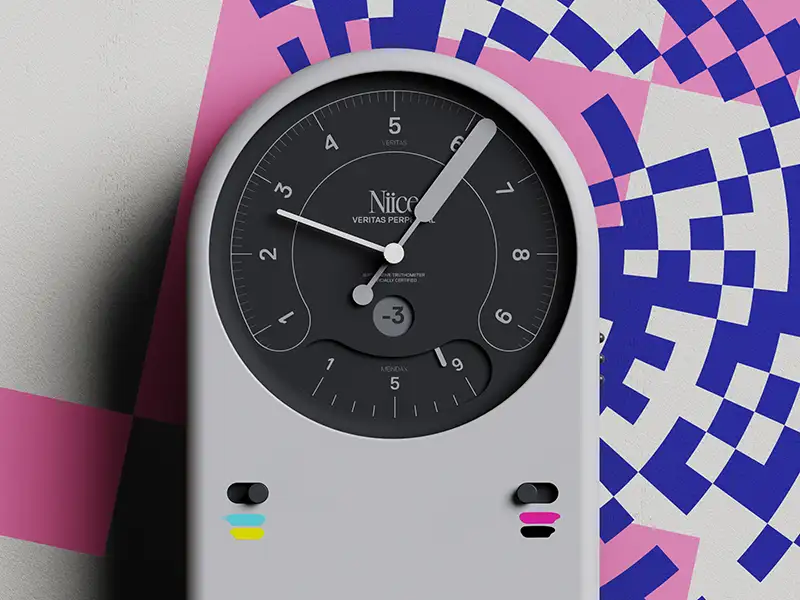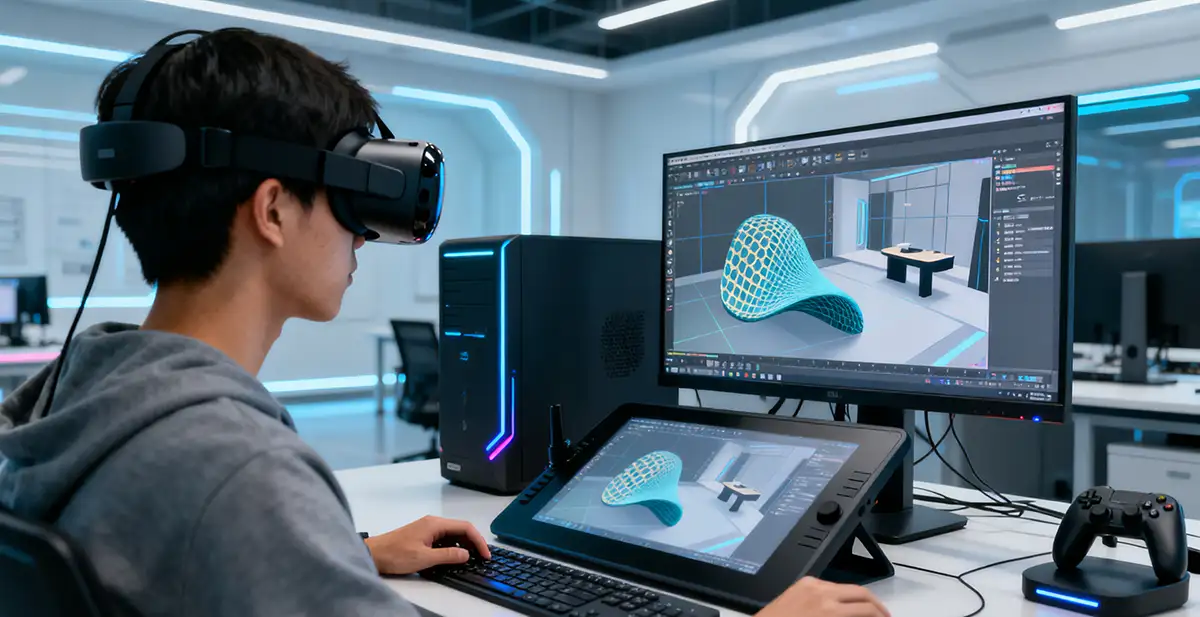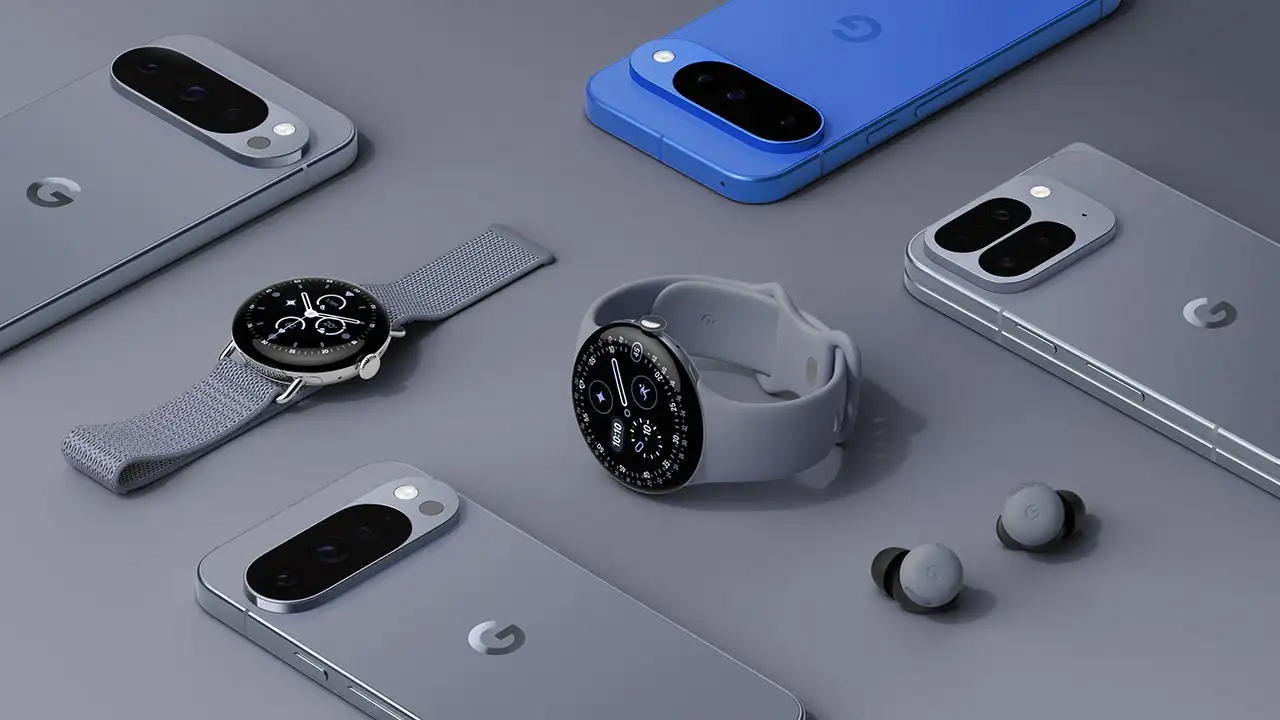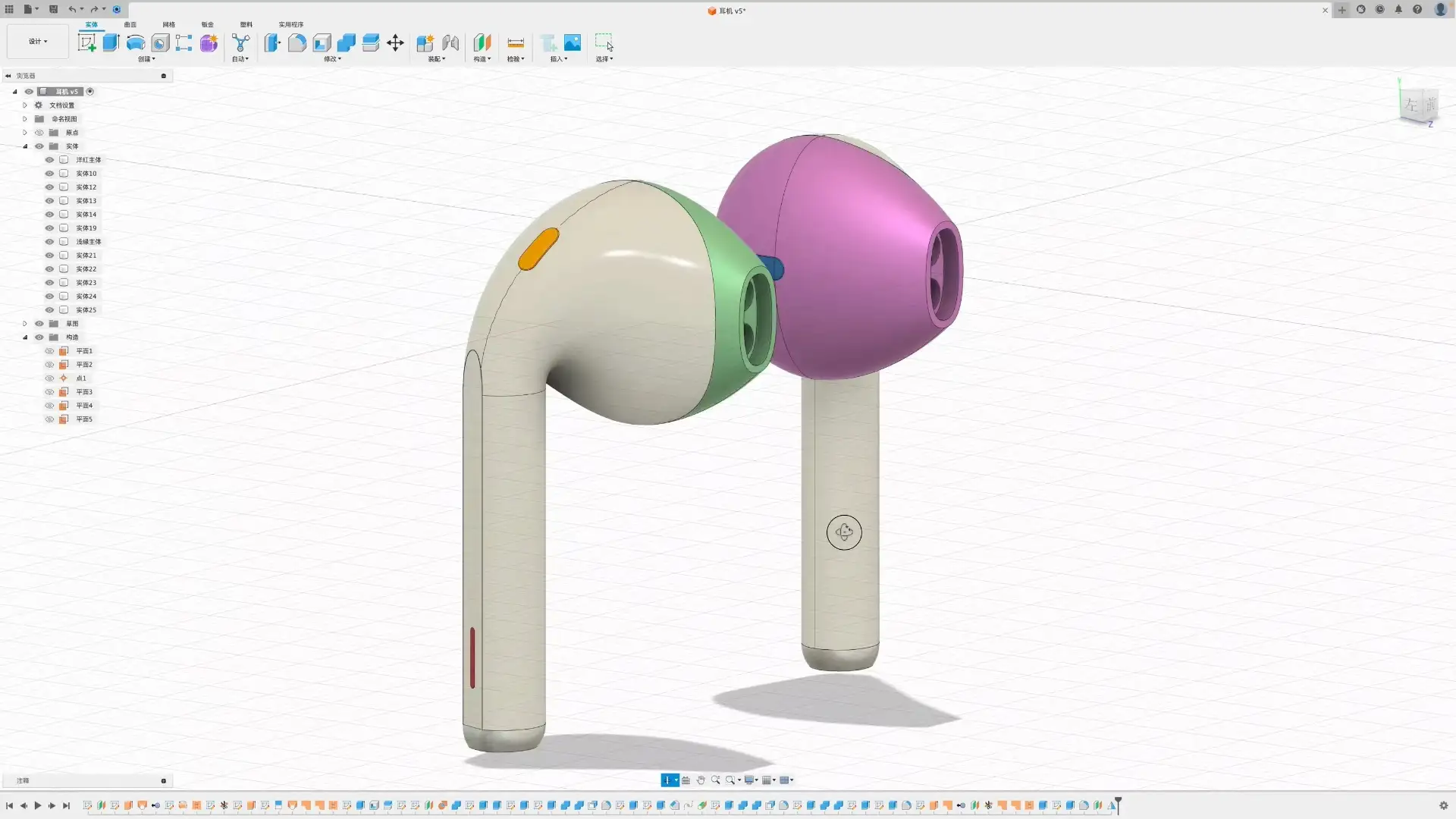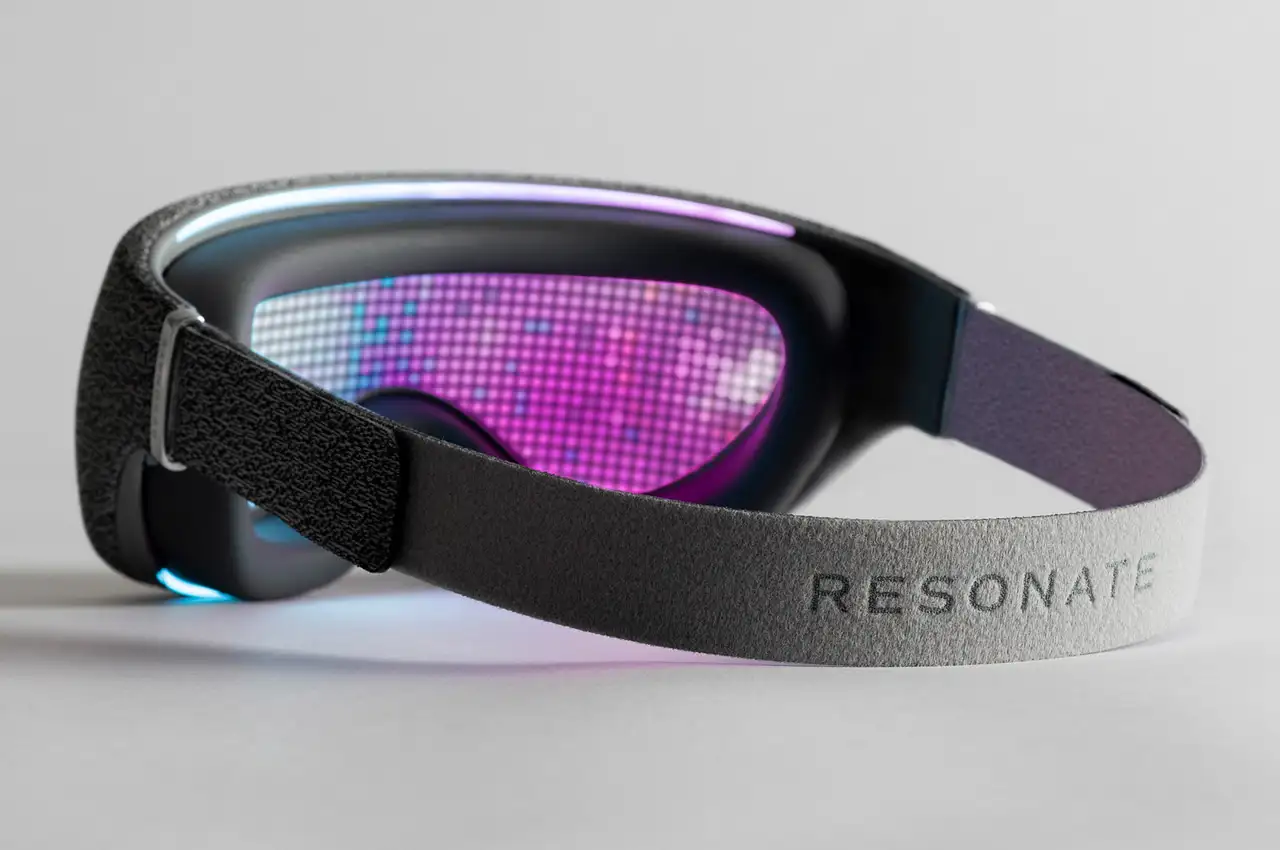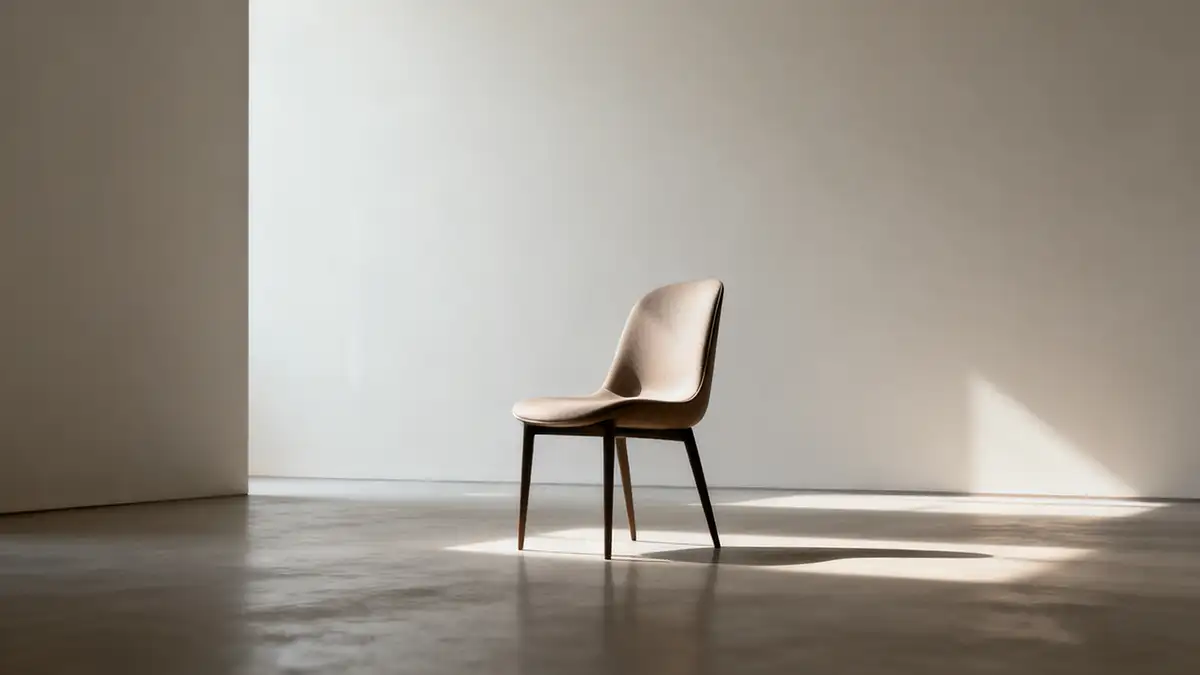NINEIDEA:在竞争激烈的家电行业,想要脱颖而出并实现对整个行业的颠覆,绝非易事。然而,戴森却凭借其独特的吸尘器工业设计哲学,书写了一段从 5000 次失败走向成功的传奇故事,彻底改变了人们对吸尘器的认知与使用体验。
长期以来,传统吸尘器一直被尘袋堵塞问题所困扰,不仅降低了清洁效率,还增加了用户的使用成本与维护麻烦。这一普遍存在却未得到有效解决的痛点,成为了戴森创始人詹姆斯・戴森心中亟待攻克的难题。彼时,市场上的吸尘器产品大多在既定框架内小修小补,缺乏对根本问题的深度思考与大胆革新。正是在这样的行业背景下,戴森踏上了充满挑战的创新之旅。
詹姆斯・戴森偶然从干粉涂料厂大型气旋装置的离心除尘原理中捕捉到灵感,他敏锐地意识到,若能将这一原理应用于家用吸尘器,或许就能一举解决尘袋堵塞的顽疾。这一灵感的火花,点燃了他长达数年的艰苦研发历程。在这个过程中,戴森遭遇了高达 5126 次的失败。每一次失败都如同沉重的打击,但戴森并未因此而退缩,反而将其视为通向成功的必经之路。
戴森吸尘器从设计理念到实际产品的落地,背后所蕴含的设计哲学值得深入探究。它不仅关乎产品功能的实现,更涉及到对创新的执着追求、对用户体验的极致关注以及对行业传统束缚的勇敢突破。接下来,让我们一同揭开戴森吸尘器设计哲学的神秘面纱,探寻其从失败走向辉煌,进而颠覆行业的成功密码。
以解决问题为核心
创始人詹姆斯・戴森因不满传统吸尘器易堵塞的痛点,决心研发新的产品。他从干粉涂料厂大型气旋装置的离心除尘原理中获得灵感,试图将其应用于家用吸尘器,以解决尘袋堵塞问题,这体现了戴森以用户需求和实际问题为出发点的设计思路。
坚持与不怕失败
戴森在研发气旋式吸尘器时,经历了 5126 次的失败才取得成功。这种不怕失败、坚持不懈的精神是戴森设计哲学的重要组成部分。詹姆斯・戴森认为失败是发明过程中的常态,应该从错误中吸取教训,自由地犯错,因为真正的发明就隐藏在无数次失败之中。
功能导向的极简主义
戴森秉持 “外形遵循功能” 的原则,在设计上追求极简,摒弃冗余装饰,让产品的外观能够清晰地反映其运作方式,将产品的功能放在首位,致力于用更少的资源争取更多的性能提升。
材料与工艺的极致探索
在材料选择上,戴森精心挑选确保产品坚固且轻盈,如集尘桶采用与防暴盾牌同种的聚碳酸酯材料,既保证了强度又减轻了重量。同时,戴森还通过透明外壳展现内部精密结构,像吹风机的马达,传递出 “看得见的科技感”,使产品在功能与美学上达到完美融合。
持续创新与突破
戴森没有满足于气旋式吸尘器的成功,而是持续投入研发,不断推出新产品和新技术。从数码马达的研发,到无绳吸尘器、干手器、无叶风扇等产品的推出,戴森始终在探索和突破,以创新来满足消费者不断变化的需求,引领行业发展。
@NINEIDEA九号创新 www.nineidea.com
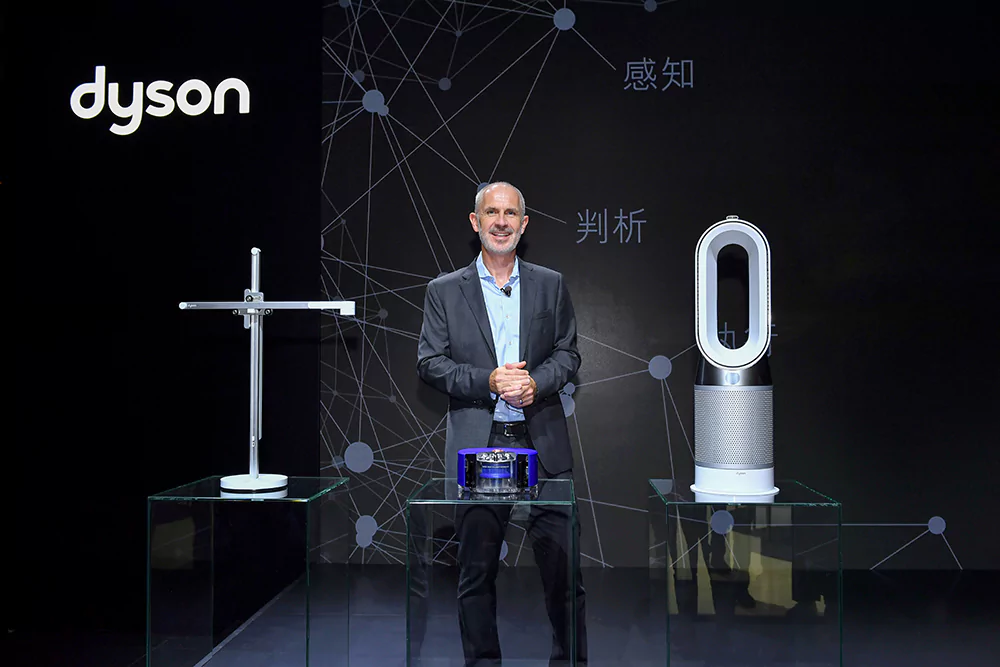
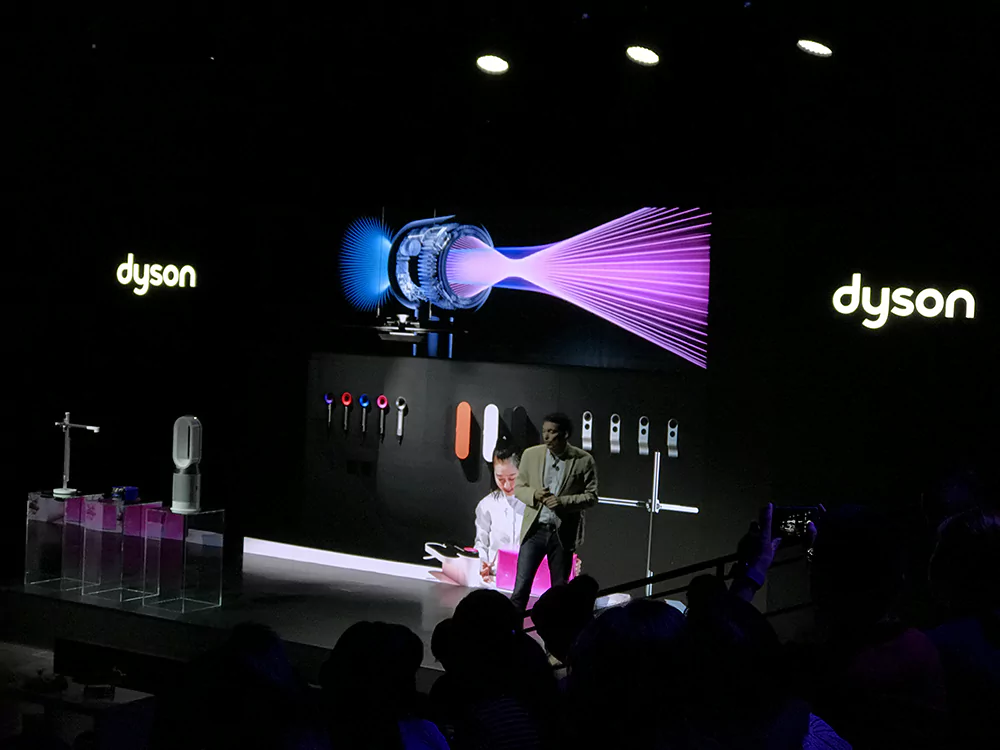
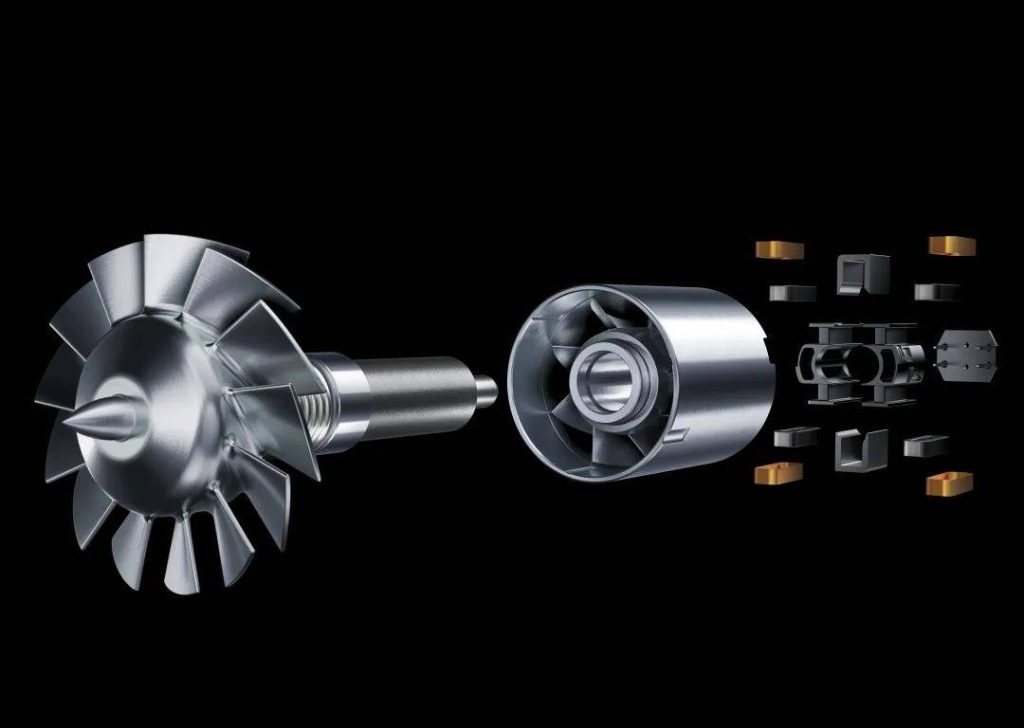
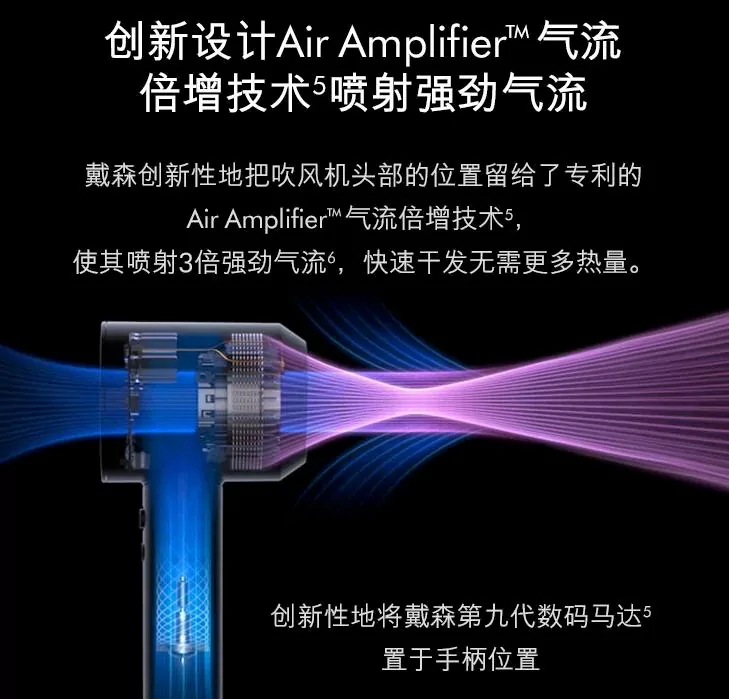
From 5000 failures to industry disruption: Dyson vacuum cleaner industrial design philosophy
NINEIDEA: In the highly competitive household appliance industry, it is not easy to stand out and subvert the entire industry. However, Dyson, with its unique industrial design philosophy for vacuum cleaners, wrote a legendary story from 5000 failures to success, completely changing people’s perception and user experience of vacuum cleaners.
For a long time, traditional vacuum cleaners have been plagued by the problem of clogged dust bags, which not only reduces cleaning efficiency but also increases user costs and maintenance troubles. This common but unresolved pain point has become an urgent challenge for James Dyson, the founder of Dyson. At that time, most vacuum cleaner products on the market were minor repairs within the established framework, lacking in-depth thinking and bold innovation on fundamental issues. It is in this industry context that Dyson embarked on a challenging journey of innovation.
James Dyson accidentally caught inspiration from the centrifugal dust removal principle of a large cyclone device in a dry powder coating factory. He keenly realized that if this principle could be applied to household vacuum cleaners, perhaps the stubborn problem of clogged dust bags could be solved in one fell swoop. This spark of inspiration ignited his years long arduous research and development process. During this process, Dyson encountered up to 5126 failures. Every failure is like a heavy blow, but Dyson did not back down because of it. Instead, he saw it as a necessary path to success.
The design philosophy behind Dyson vacuum cleaners, from design concepts to actual product implementation, is worth exploring in depth. It is not only related to the implementation of product functions, but also involves the persistent pursuit of innovation, the ultimate focus on user experience, and the brave breakthrough of traditional constraints in the industry. Next, let’s unveil the mysterious veil of Dyson vacuum cleaner design philosophy together, explore its success code from failure to glory, and then subvert the industry.
Centered around problem-solving
Founder James Dyson is determined to develop a new product due to his dissatisfaction with the pain points of traditional vacuum cleaners being prone to clogging. He drew inspiration from the centrifugal dust removal principle of the large-scale cyclone device in the dry powder coating factory and attempted to apply it to household vacuum cleaners to solve the problem of dust bag blockage, which reflects Dyson’s design philosophy based on user needs and practical problems.
Perseverance and fearlessness of failure
Dyson experienced 5126 failures before achieving success in developing cyclone vacuum cleaners. This spirit of fearlessness and perseverance is an important component of Dyson’s design philosophy. James Dyson believed that failure is the norm in the process of invention, and one should learn from mistakes and make mistakes freely, because true invention is hidden in countless failures.
Functional minimalism
Dyson adheres to the principle of “appearance follows function”, pursues minimalism in design, abandons redundant decorations, and allows the appearance of the product to clearly reflect its operation mode. It puts the function of the product first and is committed to striving for more performance improvement with less resources.
Ultimate exploration of materials and craftsmanship
In terms of material selection, Dyson carefully chooses to ensure that the product is sturdy and lightweight. For example, the dust collection bucket uses the same polycarbonate material as the riot shield, which ensures strength and reduces weight. At the same time, Dyson also showcases the precise internal structure through a transparent shell, like the motor of a hair dryer, conveying a “visible sense of technology” and achieving a perfect integration of functionality and aesthetics in the product.
Continuous innovation and breakthroughs
Dyson is not satisfied with the success of cyclone vacuum cleaners, but continues to invest in research and development, constantly launching new products and technologies. From the research and development of digital motors to the launch of products such as cordless vacuum cleaners, hand dryers, and bladeless fans, Dyson has always been exploring and breaking through, innovating to meet the constantly changing needs of consumers and leading the development of the industry.
@NINEIDEA九号创新 www.nineidea.com













